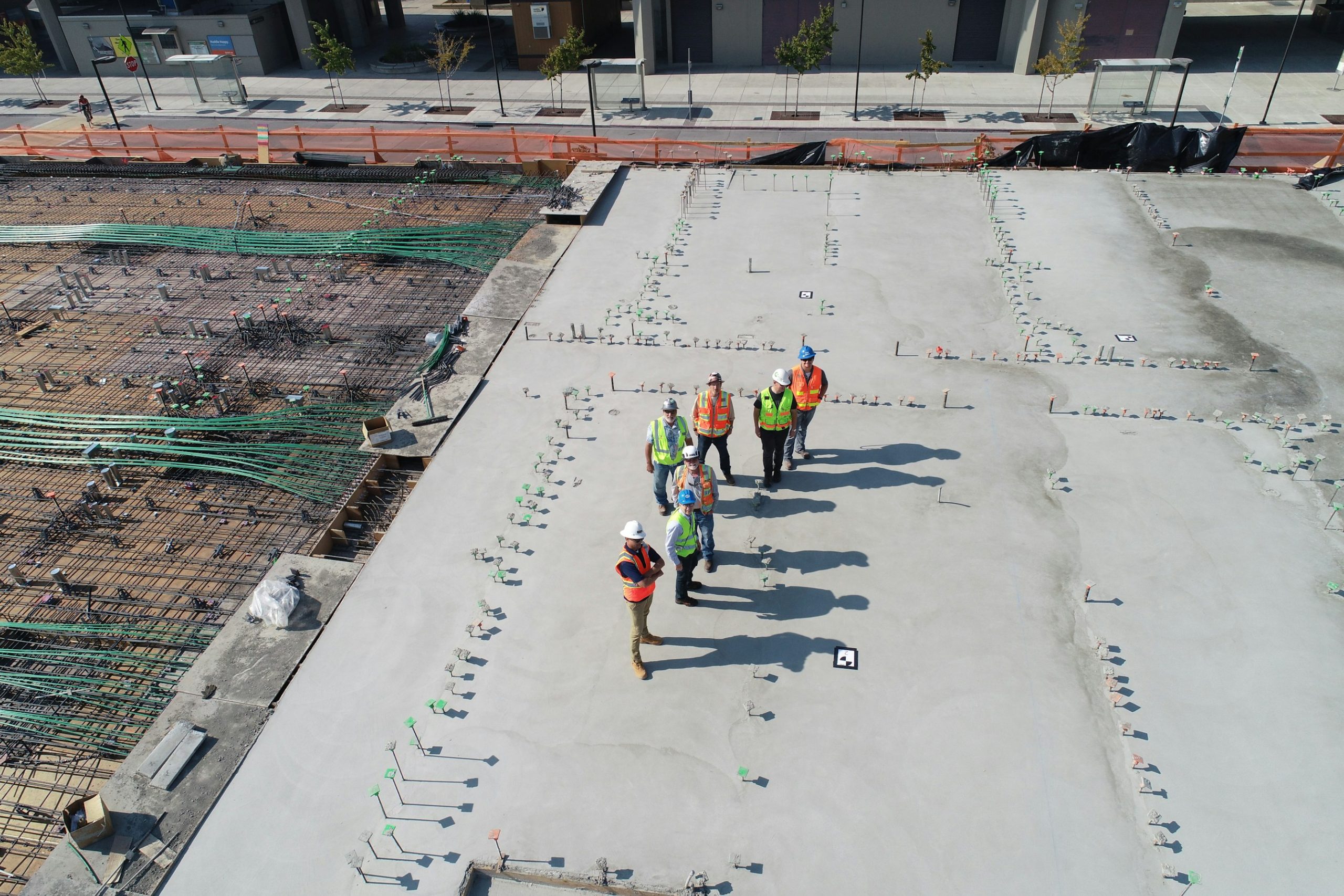Avoiding VO Conflicts with Digital Change Order Tracking
In the fast-paced world of construction, managing change orders effectively is vital to ensuring project success and minimizing conflicts. Change orders are the adjustments made to the original scope of work, often leading to what is known as variation orders (VO). By leveraging digital change order tracking, construction professionals can significantly mitigate VO conflicts, streamline communication, and maintain project transparency. In this blog post, we will explore the challenges of traditional change order management, the benefits of switching to digital tools, and effective practices for implementing this technology in your projects.
Understanding Construction Change Orders
A construction change order (COR) refers to any alteration in the original scope of a construction project, encompassing both additions and deletions to the work initially agreed upon by the contractor and the client. These modifications can arise from various factors such as design changes, unforeseen circumstances, or client requests. Proper management of change orders is essential as they often directly impact project costs and timelines.
Challenges with Traditional Change Order Management
Despite the importance of correct change order management, many construction firms still rely on traditional methods, which can lead to several challenges:
- Human Error: Manual logging of change orders exposes projects to human error, such as forgotten requests or typos, which can result in outdated or inaccurate costs. This not only causes surprises for project owners but also increases the risk of change order rejection.
- Administrative Time: The use of spreadsheet-based COR templates is both time-consuming and inefficient, requiring substantial administrative effort to track and manage orders.
- Communication Issues: Submitting CORs via email can inherently lead to lost requests, delays, and misunderstandings due to lengthy follow-up threads.
The Benefits of Digital Change Order Tracking
To address the challenges associated with traditional change order management, the adoption of digital tools offers numerous advantages:
- Real-Time Cost Tracking: Digital COR logs enable contractors to track costs in real-time. This significantly reduces the likelihood of errors and ensures that all stakeholders have access to accurate, up-to-date information.
- Transparency and Alignment: Digital tools foster instant transparency among project stakeholders. By providing real-time access to current change orders, contractors and trade partners can collaborate more effectively, mitigating misunderstandings.
- Automated Capture: With digital systems, change orders can be automatically captured, eliminating the tedious need for manual logging and narrowing administrative time consumption.
Best Practices for Implementing Digital Change Order Tracking
Considering these benefits, it’s crucial to implement digital change order tracking effectively. Here are some best practices to follow:
- Adopt a Digital COR Log: Transition from traditional spreadsheet-based templates to a digital change order log to streamline the process and reduce the chances of errors.
- Remove Email from the Process: Leverage digital communication tools to submit and track CORs, circumventing the pitfalls of email communication such as lost requests and prolonged follow-ups.
- Ensure Real-Time Access: It is vital that all project stakeholders have real-time access to current change orders to maintain transparency and alignment throughout the project.
Use Cases and Examples
Several construction technology tools have successfully implemented digital change order tracking, leading to improved project outcomes:
- Clearstory: This tool allows users to track, review, mark-up, and resolve change orders in real time, providing instant transparency and alignment among project stakeholders.
- Autodesk: Recognized for its construction management tools, Autodesk provides an integrated change order tracking feature that enables contractors to manage project scope changes efficiently and accurately.
How Zepth Can Help
Zepth’s comprehensive construction management software is designed to enhance your change order tracking processes significantly. With robust capabilities embedded within our platform, Zepth can:
- Provide Real-Time Tracking: Our platform helps ensure that all changes and costs are accurately captured and communicated, reducing the risk of disputes.
- Facilitate Collaboration: With Zepth, contractors, trade partners, and project owners can enjoy seamless collaboration, which reduces administrative burdens and improves project efficiency.
By incorporating digital change order tracking using Zepth’s innovative tools, construction projects can significantly diminish the conflicts and inefficiencies typically associated with traditional change order management. Make the switch to a more effective and efficient tracking mechanism to ensure your projects stay on budget and on schedule.
Conclusion
As the construction industry continues to embrace the possibilities offered by technology, opting for digital change order tracking stands out as an essential strategy for reducing variation order conflicts. By streamlining processes, enhancing communication, and providing real-time insights, digital tools like Zepth’s construction document management and other project management features are paving the way for a more efficient and less conflict-ridden construction environment.




